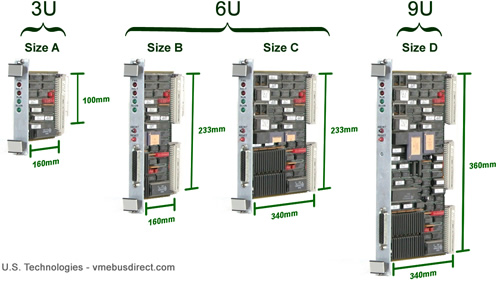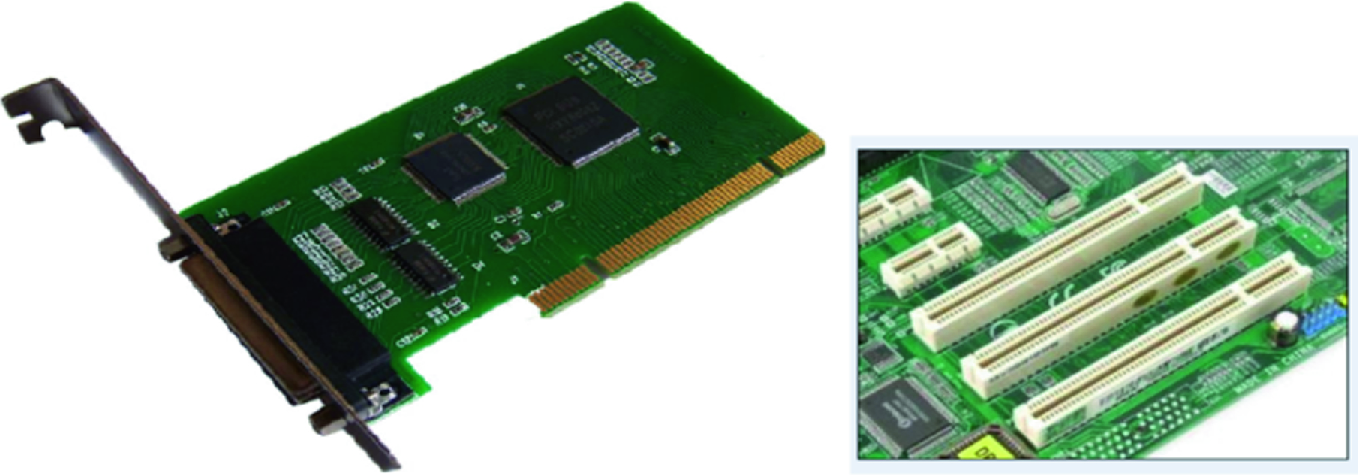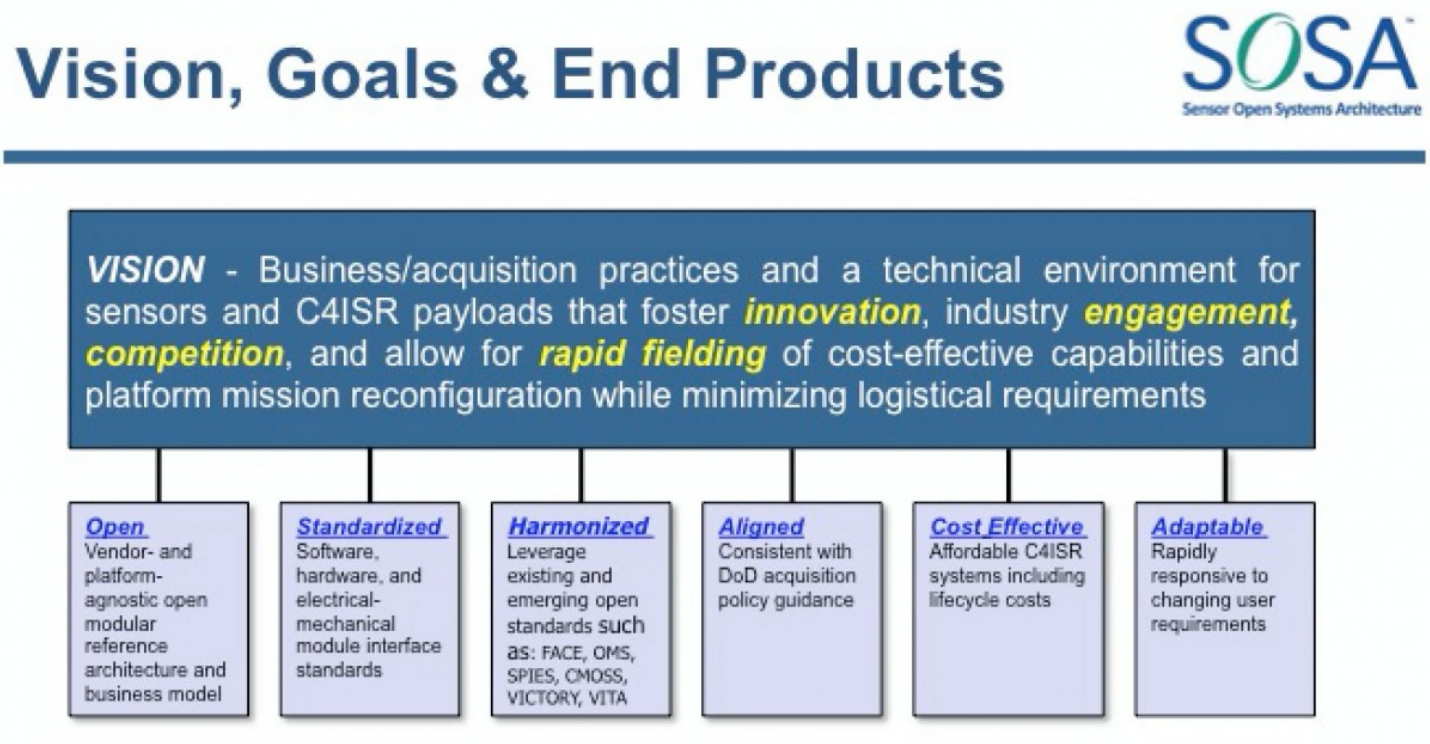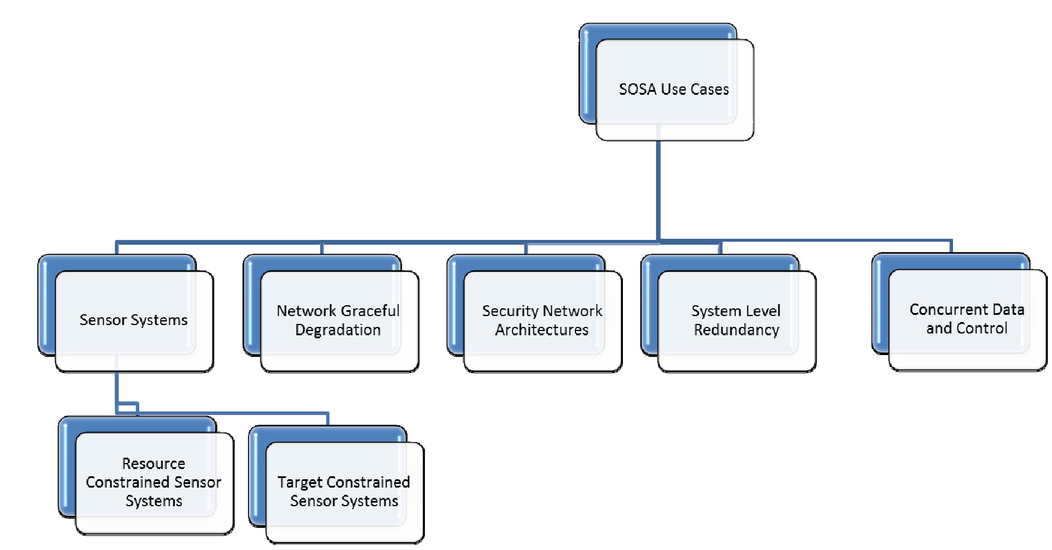Introduction:
The landscape of military operations is evolving rapidly, demanding more agile and interoperable systems. To address these challenges, militaries worldwide are embracing open system design, a strategic approach that fosters adaptability and affordability. In this article, we delve into the significance of open system design in modern military applications, exploring its principles, key standards, and recent advancements.
The Need for Open Systems in Military Operations:
Traditionally, military electronics have been extremely expensive, usually purpose-designed, and uniquely built for each application. Systems often do not communicate with each other, making future net-centric warfare difficult. Reuse of hardware and software has been the exception rather than the norm, and design cycles historically have been long and expensive.
The adoption of open systems in military design is driven by the imperative to enhance agility, reduce costs, and expedite the deployment of cutting-edge technologies. Open systems are characterized by modular design principles, standardized interfaces, and rigorous validation processes, ensuring interoperability across diverse platforms and components.
Advantages of Open Systems:
An open systems design is a design approach for developing an affordable and adaptable open system. An open system is a system that employs modular design tenets, uses widely supported and consensus-based standards for its key Interfaces, and is subject to Validation and Verification, including Test and Evaluation, to ensure the openness of its key interfaces.
- Cost Reduction and Risk Mitigation: Utilizing open standards in conjunction with a competitive supply chain minimizes costs and risks associated with military procurements. This accelerates the delivery of innovative solutions to the field, a crucial factor in countering evolving threats.
- Accelerated Time-to-Market: Open systems enable faster development cycles, facilitating quicker integration of new capabilities. The use of open standards with a competitive supply chain can reduce cost and risk and accelerate products and solutions to markets. This is vital in ensuring that military platforms remain technologically relevant and effective against sophisticated adversaries.
- Multi-Domain Operations (MDO): Open systems are integral to realizing the concept of multi-domain operations, where information flows seamlessly across air, space, ground, sea, and cyber domains. This interconnectedness enables near-real-time decision-making and response.
“We need an open mission systems architecture so that everybody has standards for communications and everybody knows what the other standards are,” Air Force Secretary Heather Wilson told an audience on Feb. 2019 at the Center for Strategic and International Studies. “We need to have the ability for any sensor to connect to any shooter at machine-to-machine speed. The ability to know what those standards are and that all of our equipment will be done that way in all three services — that’s a very big deal.”
Wilson said the services see the open systems approach as critical to their continued emphasis on the concept of multi-domain operations. “Let me give you an example: the Air Force operates 80 satellites. Some of them provide communications, some of them do missile warnings. So an Air Force satellite detects and locates operations on the ground, that information can be sent directly to forces in the field a Navy ship or an Army battalion can that can direct fires and destroy things. Any sensor, any shooter. That’s where we want to get to,” she said. “It’s linking up in near-real-time, space, air, manned, unmanned, ground, and sea, so that when we detect a problem, everybody knows about it and the fires are directed to be able to overwhelm an enemy before they even know what’s going on.”
The Role of Open Standards in Military Design:
Central to the success of open systems is the adoption of open standards. These standards govern key interfaces in military systems, ensuring consistency, compatibility, and ease of integration. Noteworthy historical examples include the VME bus, which set the foundation for modular design over two decades ago.
Evolution of VME Standards:
The VME bus, introduced in the 1980s, initially featured both 3U and 6U form factors. While 3U was popular initially, the industry shifted towards 6U as processors advanced to 32-bit standards. The larger form factor provided increased real estate for integrating features on a single board, contributing to its dominance in the market.

PICMG Standards in Military Applications:
The PICMG standards, including PICMG 1.0 and PICMG 2.0 (CompactPCI), have played a significant role in ruggedized military applications. Companies like BES Systems offer compliant solutions, emphasizing robustness in challenging environments.

The Emergence of CompactPCI:
CompactPCI, introduced in 1995, was developed for ruggedized industrial applications, providing state-of-the-art performance based on ubiquitous PCI silicon. Its application spans airborne, vehicle, and space-based systems, showcasing adaptability in diverse military scenarios.
Systems are also going into space. Aitech’s S950 3U CompactPCI SBC is conduction-cooled and offers a PowerPC 750FX CPU . It is rated to operate in Low Earth Orbit, Geosynchrounous Orbit, and Mars Terrestrial environments.
Challenges in 3U and 6U Formats:
While 3U formats remain relevant for Size, Weight, and Power (SWaP) considerations, the debate between 3U and 6U solutions persists. The CompactPCI example illustrates that 3U systems may consume more volume to deliver equivalent functionality compared to 6U systems, emphasizing the importance of careful consideration in system design.
The 6U CompactPCI systems are also being used for military applications. Performance Technologies, Inc. builds a sophisticated Mission LAN System using the PICMG 2.16 CompactPCI Packet Switched Backplane standard. Intended to be part of a National Command Center aboard a heavily modified Boeing 707 aircraft known as the TACAMO, it maintains communication and control in the event that other command centers are damaged or destroyed. It provides networking and routing within the aircraft, handling packetized radio, satellite, radar, and laser transmissions, and ties together different systems on the plane
The Complex Landscape of OpenVPX:
OpenVPX, a prevailing standard in military embedded computing, has seen success but also challenges. The emerging SOSA (Sensor Open Systems Architecture) standard aims to refine OpenVPX, promoting true interoperability, preventing vendor lock, and expediting affordable systems development.
Modular Open Systems Approach (MOSA) Principles:
Recognizing the transformative potential of open systems, the U.S. military, through a joint memo, directs acquisition officials to align programs around Modular Open Systems Approach (MOSA) standards. A key to the design of open systems is the use of open standards. The DoD Information Technology Standards Registry (DITSR) mandates the minimum set of standards and guidelines for the acquisition of all DoD systems that produce, use, or exchange information. The memo emphasizes five key MOSA principles:
- Establish an Enabling Environment: PMs establish supportive strategies for technology development, acquisition, and testing, fostering effective open system development.
- Employ Modular Design: Adherence to cohesive, encapsulated, self-contained, and highly binned modular design principles enhances system flexibility and reusability.
- Designate Key Interfaces: Categorizing interfaces into key and non-key enables effective management, promoting interoperability and adaptability.
- Use Open Standards: Integration of well-defined, mature, widely-used, and readily-available interface standards ensures consistency and compatibility.
- Certify Conformance: Rigorous validation mechanisms, including conformance certification and test plans, verify adherence to external and internal open interface standards.

Current Open System Standards:
Prominent open-system standards such as C4ISR/EW Modular Open Suite of Standards (CMOSS), Sensor Open Systems Architecture (SOSA), and Future Airborne Capability Environment (FACE) contribute to platform interoperability and information exchange across military branches.
FACE and SOSA Consortia:
Managed by the Open Group, FACE and SOSA consortia focus on high-performance embedded computing for C4ISR applications. Their standards facilitate collaboration among services, prime contractors, system integrators, and embedded-system suppliers.
Recent Advancements:
The FACE Consortium recently released the FACE Technical Standard 3.0, emphasizing continuous progress in open-system standards. Simultaneously, the SOSA Consortium is actively working on its inaugural standard, addressing signal processing interoperability in aerospace and defense systems.
CMOSS for Streamlined C4ISR/EW Systems:
The CMOSS initiative by the U.S. Army aims to consolidate C4ISR systems, reducing complexity, weight, and cognitive stress on operators. The adoption of common chassis and converged architecture enhances system flexibility, allowing rapid reconfiguration for specific mission requirements.
The C4ISR Modular Open Suite of Standards (CMOSS) initiative addresses the current challenges posed by the fragmented nature of C4ISR/EW systems, encompassing communications, electronic warfare, position, timing, navigation, and mission command systems. Jason Dirner, head of CMOSS at the Army Communication-Electronics Research, Development, and Engineering Center (CERDEC), highlights the drawbacks of this approach, citing custom integration kits, increased time and cost for fielding capabilities, and cognitive stress on operators due to information overload.
The CMOSS initiative seeks to revolutionize the fielding of EW systems by consolidating multiple C4ISR systems onto adaptable computer cards, allowing for easy swapping and tailoring to specific mission requirements. The initiative also promotes the development of common chassis for specific platform types, enabling synchronized vehicle upgrades and maximizing lifecycle cost savings. The network layer, hardware standards, and a card-based interface in CMOSS contribute to a plug-and-play integration approach, reducing cable clutter and optimizing the integration of emergent technologies with legacy platforms. The Radiohead concept, relocating the power amplifier outside the vehicle near the antenna, further enhances space utilization and minimizes signal loss.
SOSA: Advancing Signal Processing Interoperability:
SOSA standards, supervised by the Open Group, target signal processing interoperability. By minimizing variability and standardizing interfaces, SOSA aims to enable seamless compatibility among diverse system components, fostering cost savings and adaptability.


SOSA: A Game-Changer for Defense Technology:
SOSA promotes an open-systems approach, utilizing standardized interfaces and protocols to enable the development of interoperable, high-performance systems. This approach offers several key benefits:
- Reduced Cost and Faster Development: SOSA standardizes components and interfaces, streamlining development and reducing costs, allowing for faster deployment of new capabilities.
- Enhanced Interoperability: SOSA-compliant systems can seamlessly communicate and share information, leading to improved situational awareness and collaboration between different units.
- Increased Flexibility and Adaptability: The modular design of SOSA systems enables easy upgrades and replacements, making them highly adaptable to changing mission requirements and emerging threats.
SOSA’s Impact on EW:
For electronic warfare, the SOSA standard holds immense potential:
- Faster Response Times: SOSA-compliant EW systems can rapidly detect and respond to threats, improving the effectiveness of countermeasures.
- Increased Jamming Capabilities: Standardized interfaces allow for the integration of multiple jamming modules, enabling more powerful and effective jamming operations.
- Enhanced Signal Intelligence Gathering: SOSA-compliant systems can collect and analyze data from a wider range of sources, providing greater situational awareness and intelligence gathering capabilities.
The Future of Defense Electronics and EW:
SOSA is rapidly gaining traction within the defense industry, with major players like Lockheed Martin, Northrop Grumman, and Raytheon developing SOSA-compliant systems. As the standard matures, it is expected to revolutionize the way defense electronics and EW systems are designed, developed, and deployed. This will lead to:
- More Capable and Efficient Defense Systems: SOSA will enable the development of systems that are more effective against evolving threats and better able to meet the needs of the future battlefield.
- Reduced Costs and Faster Deployment: The standardized approach will lead to a more streamlined development process, reducing costs and allowing for faster deployment of new technologies.
- Increased Innovation: The open-systems approach of SOSA will foster collaboration and innovation within the defense industry, leading to the development of even more advanced and groundbreaking technologies.
Conclusion:
As military operations become increasingly complex and interconnected, the adoption of open system design and adherence to MOSA principles are imperative. The ongoing efforts in refining open standards like SOSA, CMOSS, and FACE underscore the commitment to fostering interoperability, reducing development cycles, and ensuring the rapid integration of advanced capabilities. The collaborative approach involving industry, military services, and standards organizations lays the foundation for a more agile, adaptable, and cost-effective military ecosystem.
References and Resources also include:
 International Defense Security & Technology Your trusted Source for News, Research and Analysis
International Defense Security & Technology Your trusted Source for News, Research and Analysis


